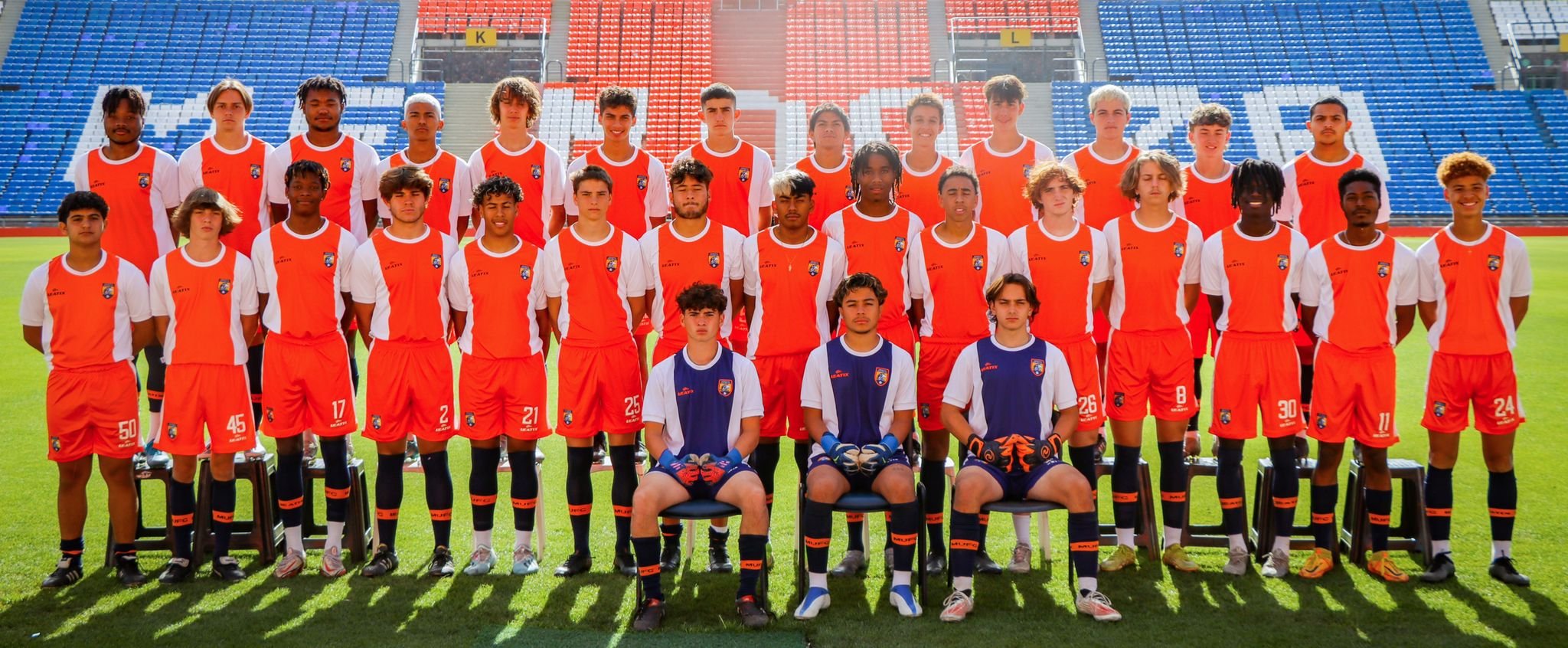
FOOTBALL OVERVIEW
The Problem
The American Sports culture does not include Soccer
Player development in Europe is the opposite of the United States. European academies have proven player development methodologies with a long history of Success. European academy coaches have better-playing backgrounds and football education due to a long culture and way of life. Before European players reach 15, academies develop youngsters' instinctive skills with the ball, field awareness, vision, anticipation, and reading the game. These qualities are necessary for a player to compete at a high level. Between the ages of 16 and 18, Europeans play mature football. The above qualities are second nature for players from countries with a strong football culture.
Recreational and Travel Soccer in the USA u7 to u15
In the United States, between the u7 and u15 levels in travel soccer and recreational leagues, the skills needed to progress to a high level of play are not developed or taught consistently. Firstly, most coaches in America love the game and seek to make a living from it. While many American coaches are passionate and dedicated, many lack a deep footballing background from countries where player fundamentals are regularly instilled in players. This leads to gaps in teaching, as we cannot teach what was never learned. It is also common for coaches to prioritize coaching in older age groups because that is where most of the money is to be made. Secondly, while America has excellent facilities and many open parks and athletic fields to train, the football culture is not as apparent as in South American and European countries, where young kids are regularly found with a ball glued to their feet. Tactically speaking, our young Americans are rarely taught how to read the game and break the bad habit of ball-watching. When they turn 15, players learn team tactics without developing field vision and becoming self-thinkers. Therefore, Americans make uninformed decisions (at the moment) when the ball is already at their feet instead of anticipating two or three steps ahead of the play. The lack of development stifles anticipation skills and creates a large gap between American youth soccer and European football.
Soccer is a Business Model, not Player Development
Soccer has become a good business model in the USA but needs much better player development. After MLS Next took over the youth soccer market, other leagues had to find their niche. The ECNL became the top second-tier national league, while U.S. Club Soccer developed the NPL, the third tier on the national scene. The clubs in these leagues are pressured to win; therefore, player development suffers. Clubs need to retain their membership and status in these leagues. If clubs lose league memberships, their marketability decreases in their communities, forcing them to make business decisions such as prioritizing winning over player development.
At many colleges, half the team rosters are foreign players at the NCAA Division 1 & 2 and NAIA levels. In many cases, scholarships and playing time go to international students. Many of these international students come from academies in professional football clubs where players did not advance to a high enough professional level, and they choose college soccer scholarship opportunities in the United States. College coaches favor international players because they can coach foreign players' team tactics, not teach them how to play (like they do some Americans).
Solution
Recent Milestones
Since January 2024, we have advanced 17 Americans and Canadians to professional academies and first teams in Argentina. In 2022, we had 9 Americans sign European pro contracts.
Taking Responsibility to Do Difficult Tasks and Achieve Success
We choose to take on the difficult task of teaching North Americans aged 14 to 23 fundamentals they have yet to learn during their early youth careers. We break the ball-watching habit while teaching good habits. We teach field awareness, vision, reading the game, and anticipation skills. They become self-thinkers, problem solvers, game-intelligence, good communicators, and better leaders, which is also helpful for them to become good coaches after their playing days.
We also improve our players' technical ability to have instinctive skills in high-level games. Teaching teenage players what they should have learned from 6 to 14 is difficult, but it is gratifying and offers excellent service to dedicated and ambitious American youth players.
Objective
We aim to close the gap between American youth soccer and quality European football. In high-level games, we develop Americans to be game-intelligent and instinctive on the ball. Our player development objective is to develop Americans to compete with and against professional-level academy and senior pro-team players in Argentina and Europe, compete in professional tryouts (Academy or first team), attend quality college soccer programs (with high-level international student-athletes), and earn roster positions. Our approach reinforces our commitment to their individual growth and opportunities.
Whom We Recruit
We travel throughout North America scouting tournaments and leagues. As stated already, we have identified the player development challenge. There is no doubt that MLS Next is the better league, but our players have proven that talent combined with commitment and passion can be found across the continent. We have recruited players from MLS Next, ECNL, ECNL RL, NPL, and local leagues across North America who are now in professional clubs in Argentina and Europe at the academy or senior team level.
We have 17 American and Canadian Mendoza United F.C. players who are now in Argentine Professional Club Division 1, 2, and 3 academies and senior teams. These players are from clubs that compete in MLS Next, ECNL, ECNL RL, NPL, and local leagues.
The most important attribute we seek from players is mentality. No matter how talented, every American must close the gap between American Soccer and European football. Therefore, they need attitude, commitment, and drive to their football development, academics, and living the lifestyle of a young man trying to become a professional.
We scout in tournaments and leagues across North America:
MLS Next
ECNL
ECNL RL
NPL
Invitational tournaments
League games nationwide
An Example of What Type of Player We Seek
Aidan Green (17) from Los Angeles, CA., is a perfect example of a player we seek from our recruits. Aidan was recruited by Mendoza United F.C. when he was 15 and playing at his local NPL club. After two years, he advanced to a first-division professional club, Godoy Cruz, u18 AFA (Argentina Football Association), the highest level of academy football in Argentina
The following are our players and the leagues they played in before joining Mendoza United FC and the pro club academies they play for now.
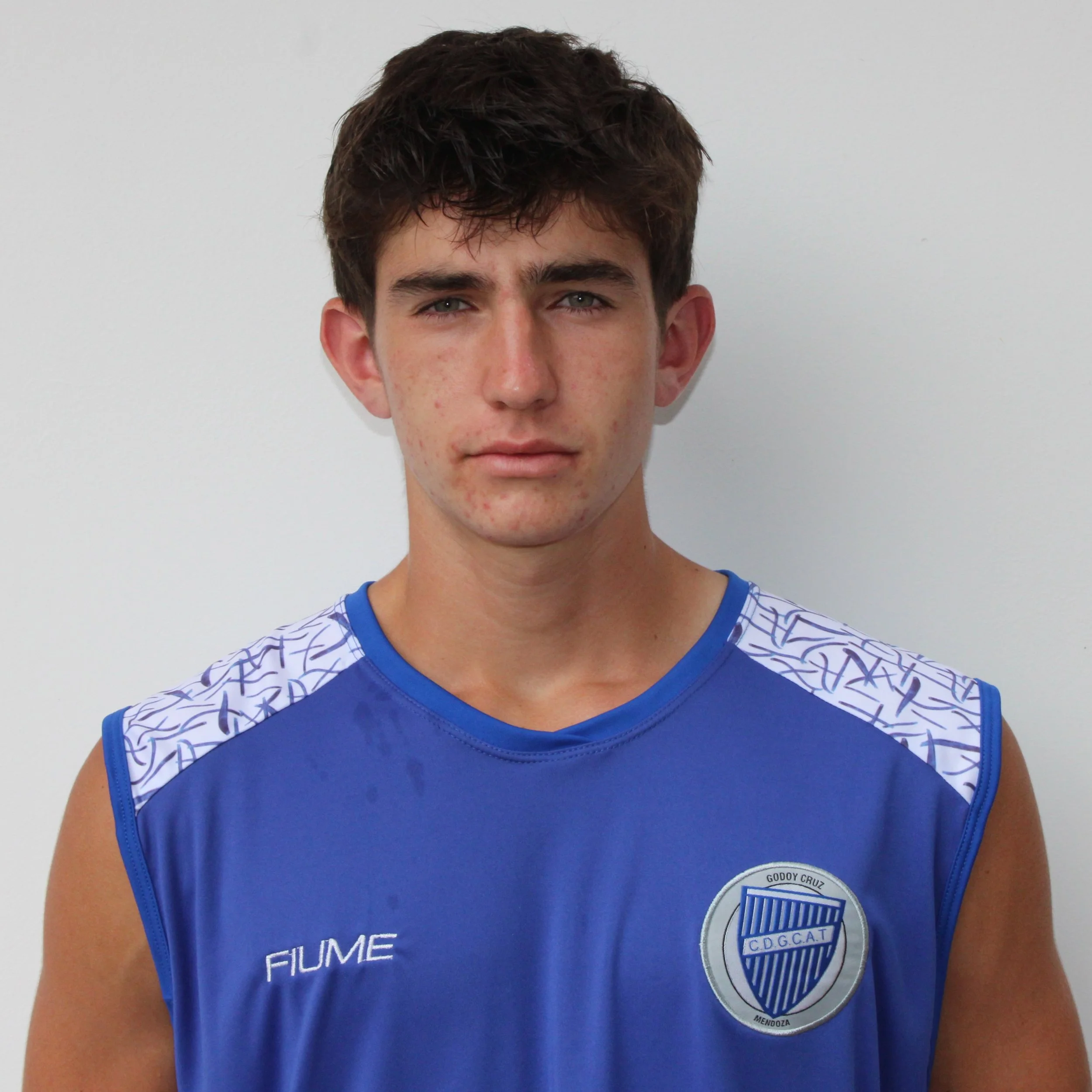
NPL to Godoy Cruz 1st Div AFA (18 years old)

ECNL-RL to Godoy Cruz 1st Div AFA (18 years old)
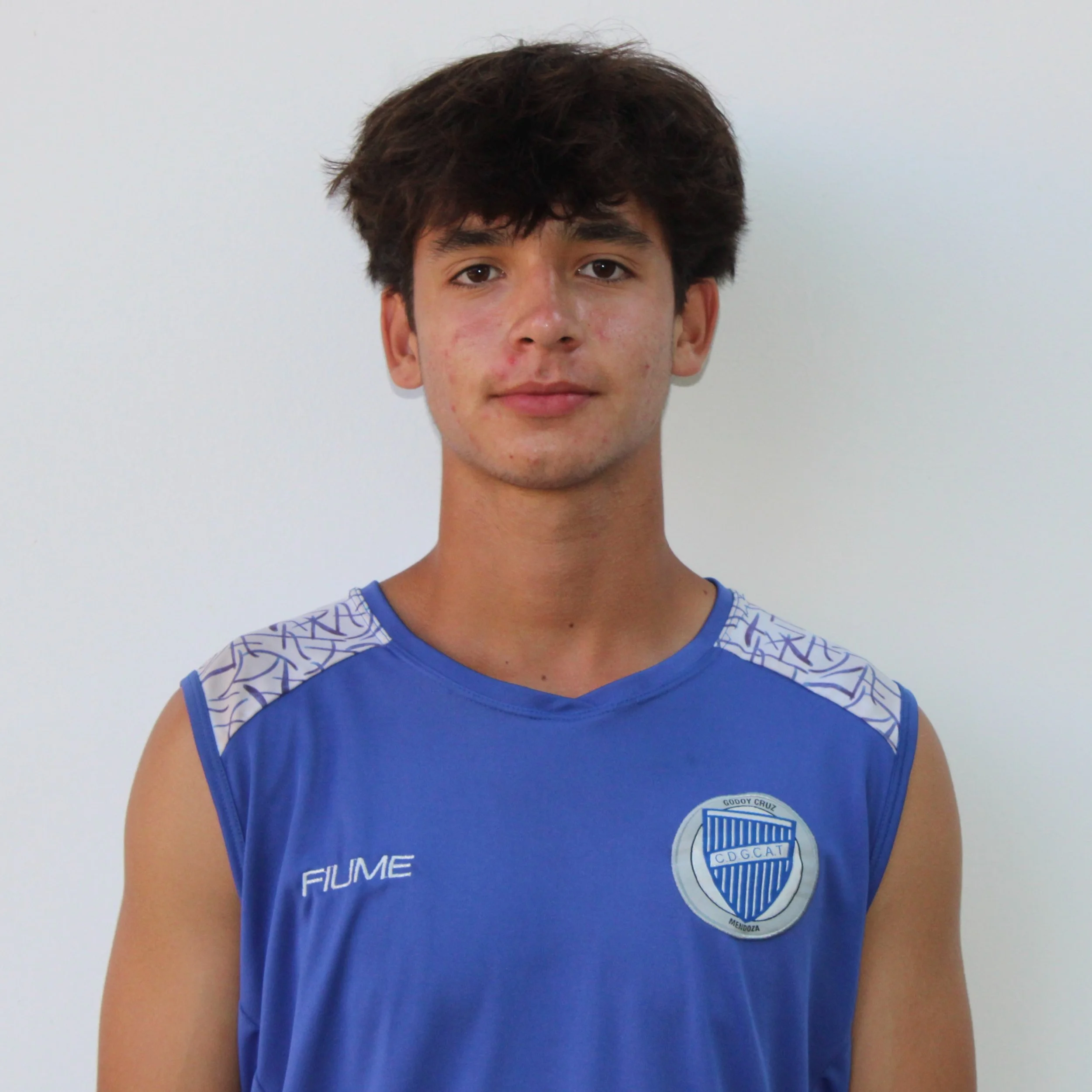
MLS Next to Godoy Cruz 1st Div AFA (18 years old)
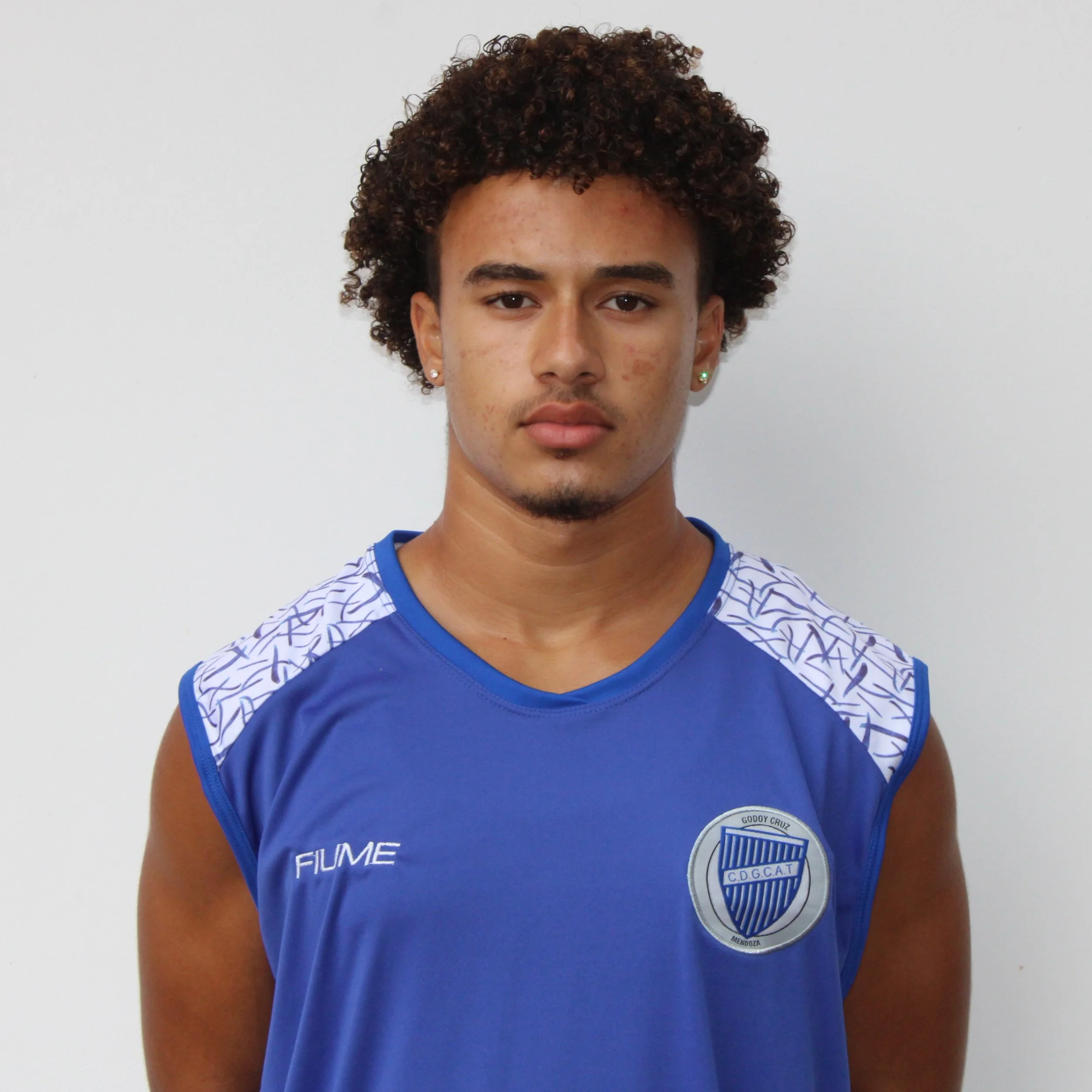
ECNL to Godoy Cruz 1st Div AFA (18 years old)
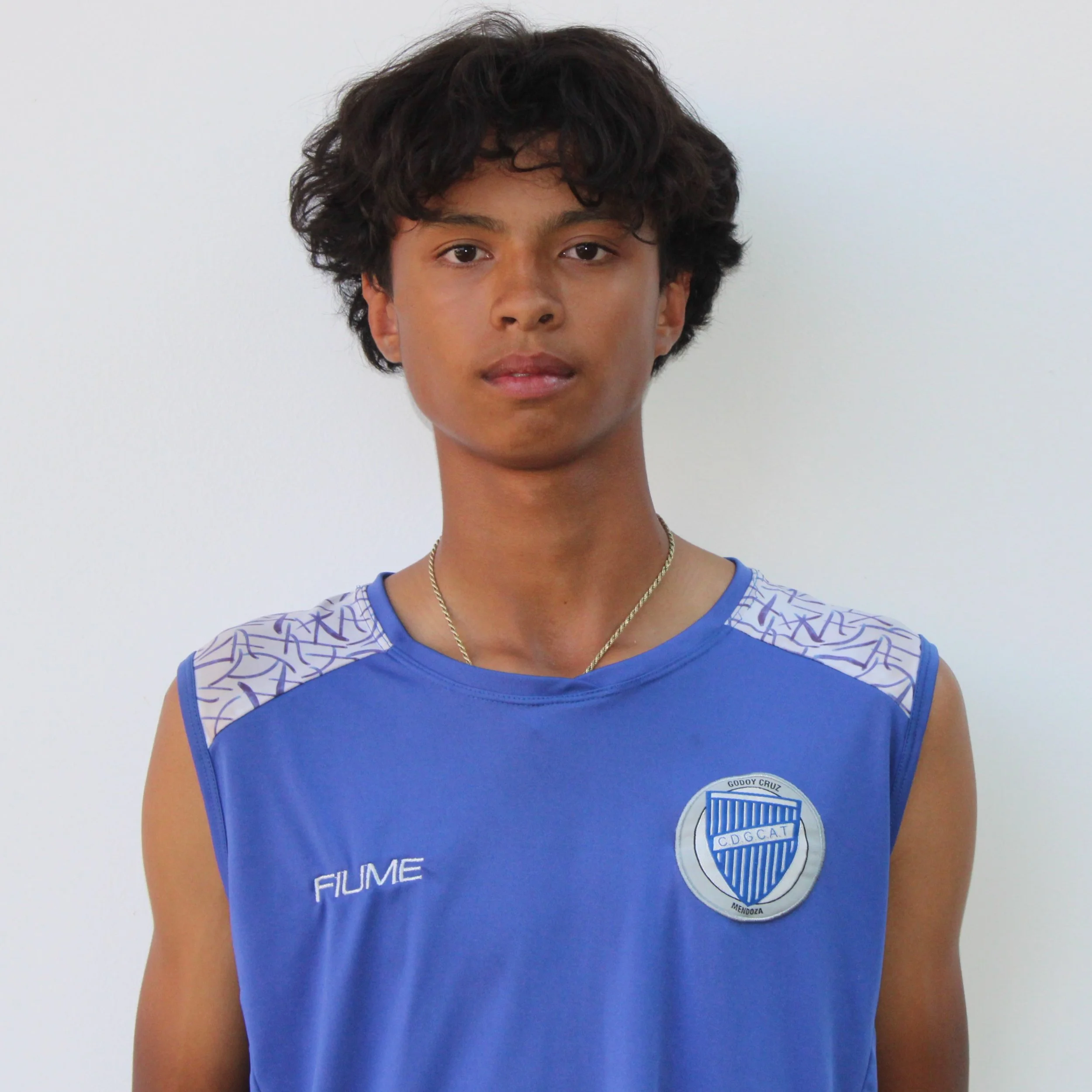
MLS Next to Godoy Cruz 1st Div AFA (15 years old)

NPL to Independiente Riv. 1st Div AFA (19 years old)

ECNL to Maipu 2nd Div AFA (16 years old)

MLSNext to Maipu 2nd Div AFA (16 years old)

NPL to Maipu 2nd Div AFA (16 years old)

Canada to Maipu 2nd Div AFA (16 years old)

USL to Andes Talleres 3rd Div Pro Club (21 years old)
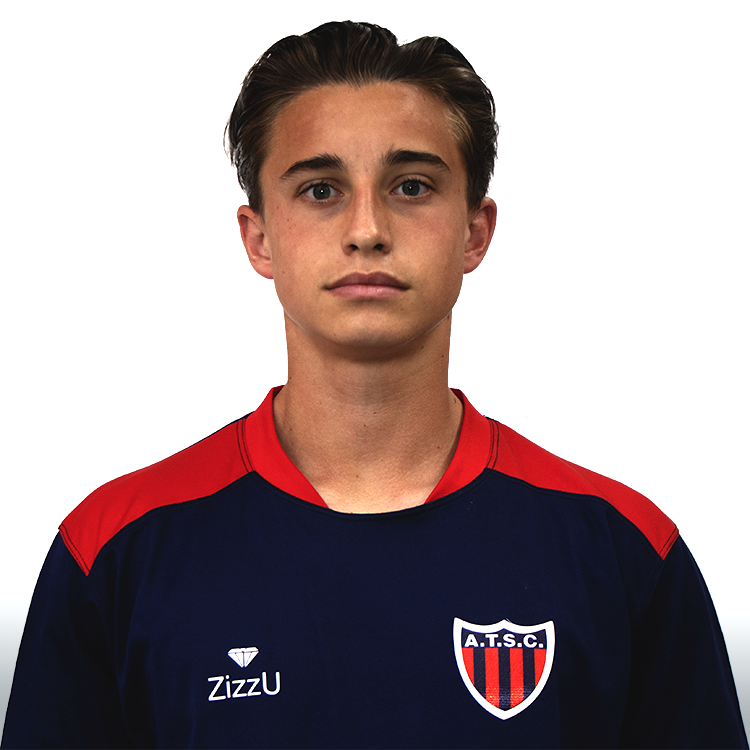
ECNL to Andes Talleres 3rd Div Pro Club (20 years old)

D1 College Andes Talleres 3rd Div Pro Club (23 years old)

MLSNext to Huracan Las Heras 3rd Div Pro Club (22 years old)

2nd Div Serbia Pro Club to San Martin 3rd Div Pro Club (24 years old)
The video below gives you examples of our technical and conditioning training sessions.
The pre-season game videos below demonstrate how our players are taking responsibility for their field awareness, reading the game, anticipation skills, "off the ball" movement, support, third runners, and communication. The passing patterns come from simply knowing when to be in a direct or indirect support position, anticipating two or three steps ahead of the play, and making good decisions.


